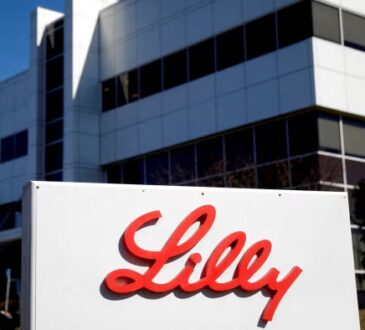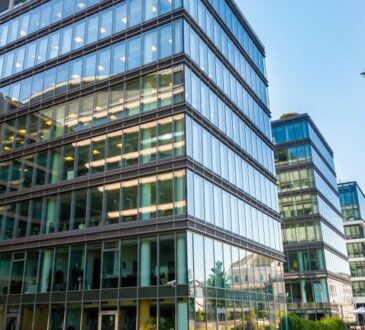Unexpected headwinds in the form of rising costs and escalating economic uncertainty are adding new pressures to municipal budgets.
City leaders should look to their portfolio of facilities as a unique strategic enabler to minimize risk and shore up budgets against these pressures. Smart, targeted investments into infrastructure improvements have been shown to enable economic growth, mitigate the human and financial impacts of extreme weather, and provide an avenue to capture and reinvest cost savings.
Minimize risk and avoid cost volatility through smart facility planning
Most US municipalities are grappling with a portfolio of facilities that are decades past their prime. Years of cautious post-pandemic capital investments, meant to shore up fiscal reserves against recessionary pressures, have left them with a backlog of pressing infrastructure needs. Maintaining those aging facilities is in turn reactive rather than planned—leaving communities vulnerable to costly, disruptive emergencies. This cycle of crisis spending is unsustainable, driving up costs.
Alternatively, cities that take a proactive approach to facility and energy management can shield their budgets from vulnerability. The best facility master plans blend short- and long-term solutions that increase operational efficiency immediately, while laying the financial foundation for future improvements.
Similarly, investment into extreme weather resilient facilities can bring tremendous value to cities in both the short-term and long-term. With local governments increasingly on the front lines of extreme weather response, modernizing, weatherizing and addressing deferred maintenance in existing buildings can ensure that critical public infrastructure and services are better equipped to withstand (and quickly recover from!) extreme weather events. Research indicates that every dollar invested in resilience today will yield a median future return of five dollars—and sometimes over 50— by mitigating future recovery costs and cutting current operational expenses.
Turn your building portfolio into an economic development engine
The National League of City’s 2024 City Fiscal Conditions report found that the majority of US cities are making great progress in implementing “the necessary shifts to continue to meet the fiscal needs of their community.” This progress encompasses “maintaining historical investments and managing revenue streams.” So how can cities build on this momentum to continue future-oriented growth?
Infrastructure investments can be an excellent springboard for economic development plans that deliver years of low-carbon growth and budget stability. Special importance should be placed on investments into sustainability, community resilience and equity, and more advanced energy and physical infrastructure to accommodate population growth. For example, upgrading to grid-interactive efficient building (GEB) systems allow local governments the flexibility to adapt to the changing needs of their residents, while optimizing energy costs and impact on the local grid.
What’s more, the financial impact of economic development-oriented upgrades can contribute to further investment into local infrastructure. The effects are compounding, but the biggest question is “how do I get started?”
System Design and Integration: The success of infrastructure initiatives depends on effective planning and integration. Tailored solutions that align with the unique needs of each community are essential for optimizing performance. Identify infrastructure projects that immediately impact economic development, including things like downtown revitalization, athletic facilities, and technology zones, while setting up for longer-term impact.
Upfront Costs: Significant upfront costs are typically the largest barrier to entry when it comes to comprehensive infrastructure projects. However, many public sector organizations choose financing models, such as energy savings performance contracts (ESPCs), that mitigate upfront costs and allow systems to pay for themselves overtime. Fund your project by capturing energy and operations savings and stacking them with applicable federal, state and local grant funding.
Every community can improve financial resilience, drive future growth
The path forward for city leaders is clear. Though it can be tempting to place facility modernization initiatives on the back burner in the face of competing priorities and current uncertainty, municipalities that take a more proactive approach can buffer their budgets against risk while fortifying future growth.
Take the first step to incorporate modern infrastructure into your long-term growth goals by downloading our guide, Rethinking Sustainable Investment to Create Economic Development.




